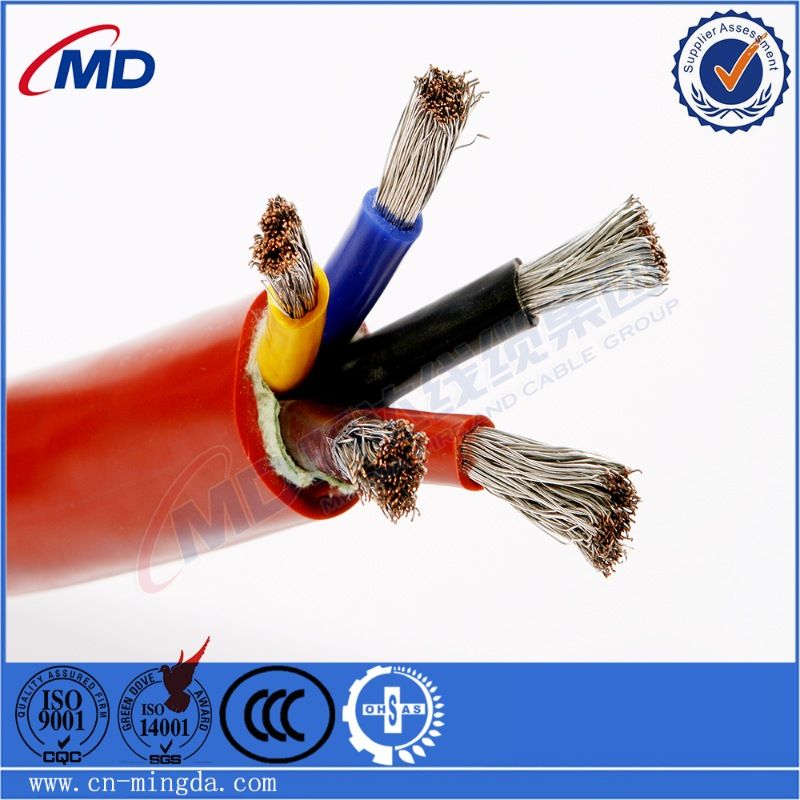Rhag . 12, 2024 00:46 Back to list
water swing check valve
Understanding Water Swing Check Valves Functionality and Applications
Water swing check valves play a critical role in various plumbing and industrial applications, ensuring the smooth and safe flow of water while preventing backflow. Understanding how these valves work, their types, applications, and maintenance requirements can help users make informed decisions about their plumbing systems.
What is a Swing Check Valve?
A swing check valve is a type of one-way valve designed to allow fluid to flow in one direction while preventing it from reversing. It consists of a hinged disc that swings open when water flows in the intended direction and closes when flow stops or reverses. This mechanism relies on the gravitational weight of the disc and the pressure of the flowing medium, making it a simple yet effective solution for water management.
How Does a Swing Check Valve Work?
The operational mechanics of a swing check valve are relatively straightforward. When water enters the valve from the inlet side, the pressure forces the disc to swing open, allowing the fluid to pass through. Once the water flow diminishes or if there is any attempt at backflow, the disc swings back to its original position, sealing off the pipe to prevent water from flowing in the opposite direction.
The valve's design ensures that it operates without the need for an external power source. Its self-regulating nature makes it suitable for various applications where maintaining directionality in fluid flow is essential.
Types of Swing Check Valves
There are several types of swing check valves, each suited for specific applications
1. Standard Swing Check Valves These are commonly used in horizontal piping systems. They operate efficiently under moderate flow conditions. 2. Lift Check Valves More versatile, these valves can be used in horizontal or vertical piping. They allow for higher flow rates and pressure conditions but require more space for proper operation.
3. Wafer Check Valves Designed to fit between two flanges, these valves are ideal for applications with limited space. They offer a compact design without compromising functionality.
water swing check valve

4. Dual Plate Check Valves This design uses two spring-loaded plates that pivot on a central hinge. They are known for their quick response time and minimal pressure drop, making them suitable for high-performance applications.
Applications of Swing Check Valves
Swing check valves are widely used across various industries, including
- Municipal Water Systems To control water distribution and prevent backflow in pipelines, ensuring the purity of the supply. - Wastewater Treatment These valves help manage the flow of sewage and water treatment chemicals, protecting the system from contamination. - Irrigation Systems In agricultural contexts, swing check valves are used to maintain the direction of water flow, preventing waste and enhancing efficiency.
- HVAC Systems They play a crucial role in regulating the flow of water in heating and cooling systems, contributing to energy efficiency.
Maintenance and Considerations
While swing check valves are relatively low-maintenance, periodic checks are essential to ensure their proper operation. Users should look for signs of wear, corrosion, or debris accumulation, which can impede the valve's functionality. Regularly inspecting the valve for leaks or unusual sounds can help in early identification of potential problems.
When installing a swing check valve, it is important to consider the flow direction and ensure that the valve's hinge is appropriately positioned. Professional installation can help avoid common pitfalls, such as improper orientation or incorrect sizing, which can lead to system failures.
Conclusion
Water swing check valves are indispensable components in hydraulic systems, offering reliability and efficiency in water management. Their unique design and functionality make them suitable for a multitude of applications, from residential plumbing to industrial settings. By understanding the types, applications, and maintenance practices associated with swing check valves, users can optimize their plumbing systems and ensure a steady, unidirectional flow of water. As with any mechanical component, awareness and proactive management are key to prolonging the life and effectiveness of these essential devices.
Share
-
Reliable Wafer Type Butterfly Valves for Every IndustryNewsJul.25,2025
-
Reliable Flow Control Begins with the Right Ball Check ValveNewsJul.25,2025
-
Precision Flow Control Starts with Quality ValvesNewsJul.25,2025
-
Industrial Flow Control ReliabilityNewsJul.25,2025
-
Engineered for Efficiency Gate Valves That Power Industrial PerformanceNewsJul.25,2025
-
Empowering Infrastructure Through Quality ManufacturingNewsJul.25,2025